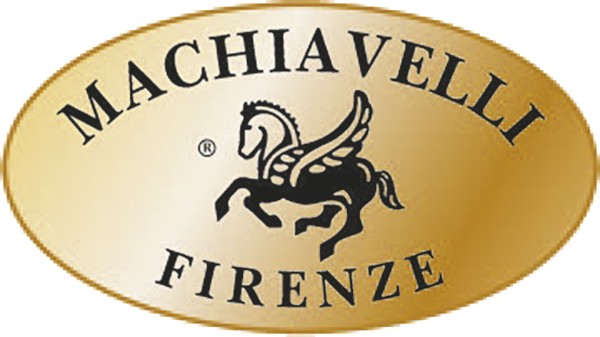THE VEGETABLE TANNING
The vegetable tanning process in Tuscany is based on the use of tannin, the active ingredient that transforms the animal dermis into the compact and resistant material that we call “leather”. This substance is found more or less concentrated in numerous types of trees and plants, and can be present both in the peel and in the leaves, in the wood or even in the fruits and roots. In vegetable tanning in Tuscany, quebracho, chestnut and mimosa tannins are mainly used. It is precisely the tannins that give the vegetable tanned leather those characteristics of uniqueness and naturalness that make it so particular, so immediately distinguishable from other types of conce.
It is in large wooden drums that the gradual transformation of the skin takes place. An almost magical process, based on the encounter between ancient traditions and modern technologies. The processing cycle starts from raw hides, which arrive at the tanneries preserved in salt, and has as a final result a very high quality material. The metamorphosis takes place slowly, through a chain of gradual steps that takes a long time and ends with an innumerable variety of finishing techniques, in which the artisan experience of the Tuscan tanners is elevated to the rank of authentic artistic expression.
THE CRAZY HORSE TANNING
Crazy Horse was born casually from the observation of an old pair of boots usually used by Maremma’s cowboys.
The visual effect had to give the idea of a marked wear resulting from the fact that these boots had repeatedly got wet, soiled and dried often times when they were worn.
In the case of Machiavelli Export, the leather Crazy Horse that we usually use is the Dakar style. It is a skin of “noble” origin that is European (and non-exotic), suitably smoothed with a manual grinding performed with medium-grain emery paper after it is tanned with fatliquors and natural tannins by performing appropriate dyeing with aniline.
In the final it is greased with purified animal tallow.
